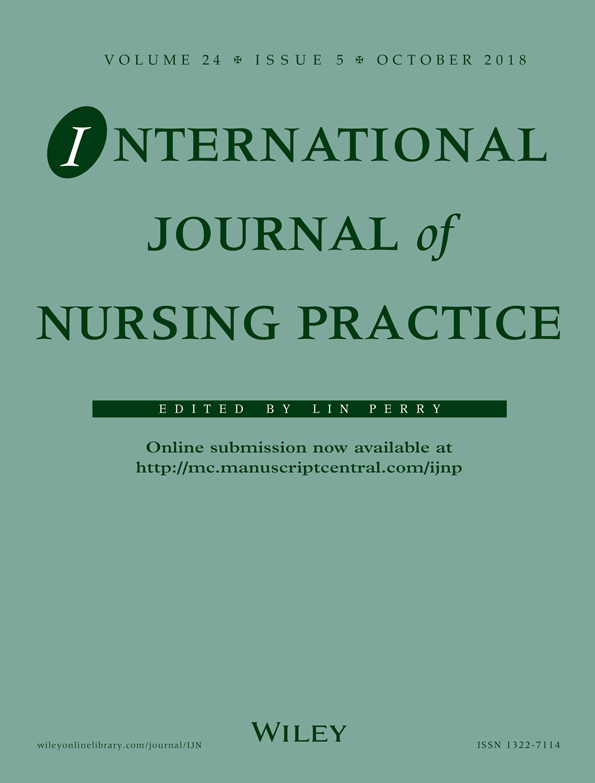The effect of workload on nurses' non-observance errors in medication administration processes: A cross-sectional study
Abstract
Aim
This study, based on actual medical error cases involving nurses, sought to identify non-observance errors—defying the standard operating procedures—in medication administration processes, and clarify the relationship between nursing workload and such behaviours.
Methods
Based on a cross-sectional survey, non-observance error cases were collected from three Japanese hospitals between January and December 2014, using self-reported data from participating nurses. Standard operating procedures and actual error content were compared to identify non-observance errors and workload. The statistical analysis was used to determine the relationship between non-observance error and workload.
Results
A total of 637 error cases were found in administering medication, of which 163 (25.6%) were workload-related non-observance errors. Individual analysis of the 163 cases identified seven workload issues that caused non-observance error and six categories of non-observance errors. The relationship between workload and such errors was also clarified.
Conclusion
Our findings clarify the influence of workload on non-observance errors and may also help identify adjacent areas for specific improvements.




